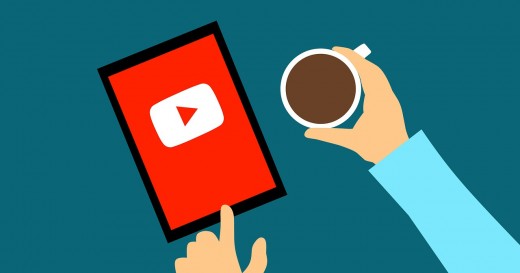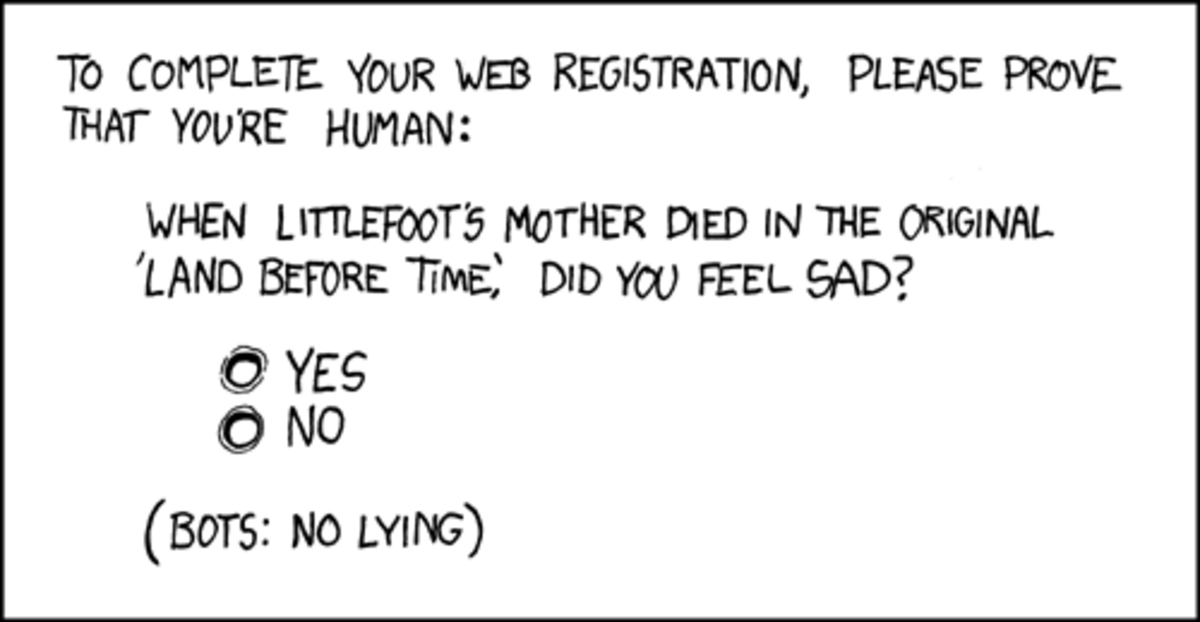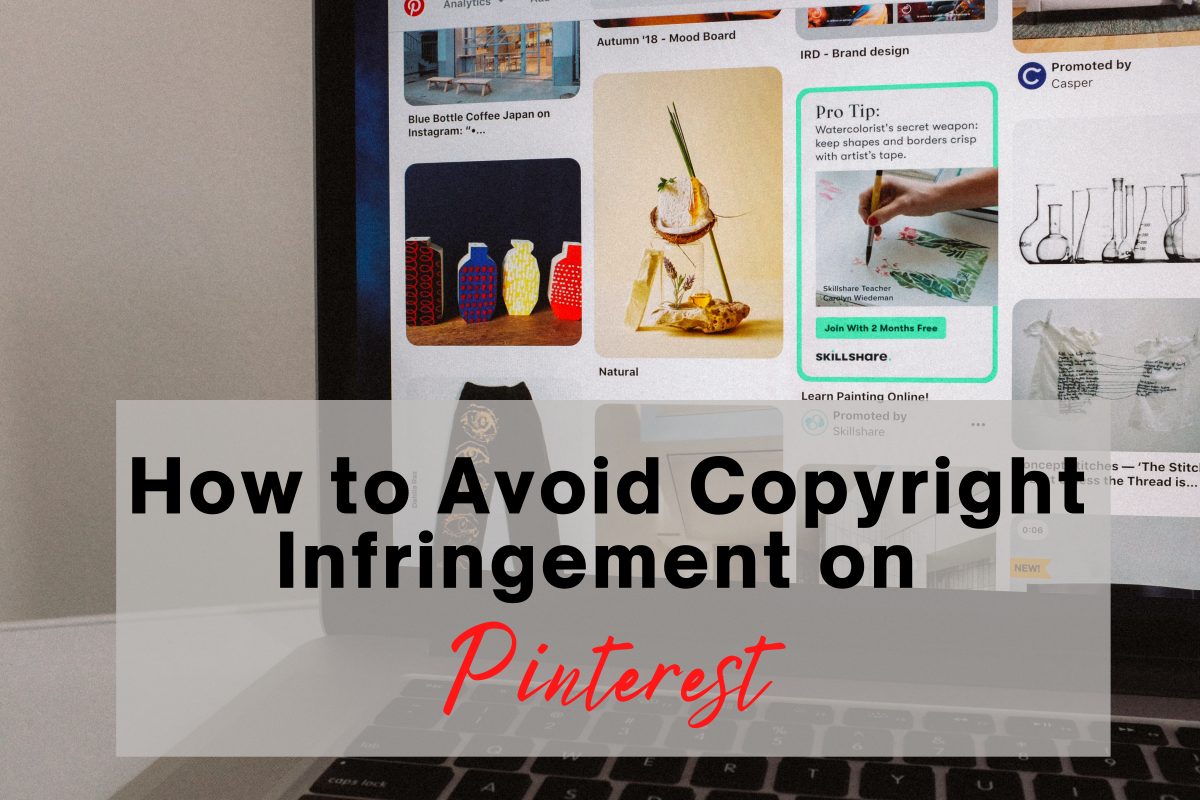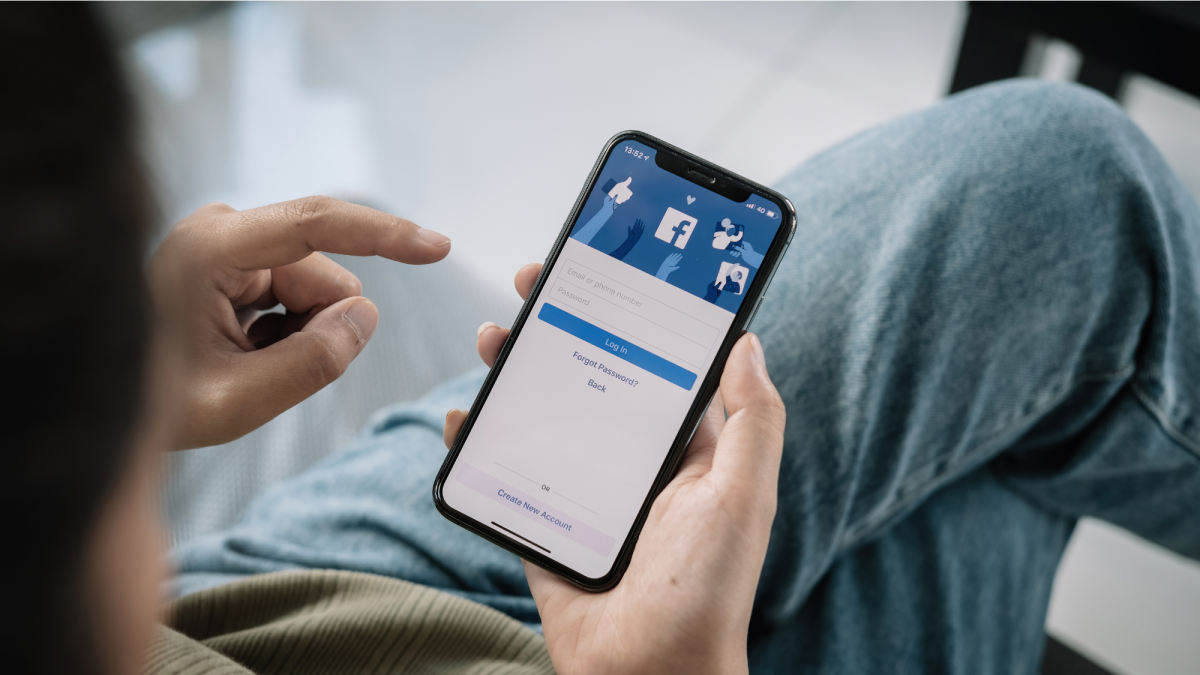YouTube's February 20th Policy Change Angers Smaller Channels

YouTube announced on January 16th that they would be implementing a new policy for their YouTube Partners.
First, let’s define what a YouTube Partner is. Basically, a YouTube Partner is a content creator that is eligible for monetization, end screens and cards on their videos along with other features.
When the new policy goes into effect on Feb 20th, channels that do not have 1,000 subscribers and 4,000 hours of viewing time in a 12 month period will lose their YouTube Partner status. Yes, you read that right. Creators that fall below these marks will have monetization removed from their channel(s) and lose other perks.
My Projections
With this very disappointing (and I think a little unfair) future policy, I took the liberty of making some projections based on what I’ve learned over the years concerning websites that thrive on content creation and its creators. Of course, these are just opinions and I may very well be proven wrong, but I think it’ll be interesting to see how this whole thing plays out over the next year or so.
6 Month Projection After Implementation of the February 20th Policy
In the first few months, YouTube will see a decline in video uploads. There will be some people who will see the policy change as a challenge and try to meet or exceed the requirements for monetization, but in the long run I think the number of uploads and content creators will begin to diminish. Currently, YouTube has tons of fresh, new content that one can sift through for hours on end. There’s always something interesting to watch, but as time goes by content will begin to age and grow stale as new or updated videos won’t be made by creators that feel YouTube’s new policy treated them unfairly.
Second, there is also no real motivation for a person to start a channel – unless the creator plans on making their money from affiliates (such as Amazon) or sponsors until they meet the requirements for monetization. Of course, there will be some that continue to make videos because they enjoy it. However, I think that uploads from these type of creators will come at a slower pace.
1 to 2 Year Projection After Implementation of the February 20th Policy
I think after a year or so, when YouTube has had enough time to accumulate a good amount of data, that the policy will be adjusted to a more attainable goal for small channels. I say this because when I was uploading 1 video a week for a year, it took me almost that entire year to reach 50 subscribers. I feel most smaller creators would give up before reaching the 1,000 subscriber requirement.
I don't think YouTube will face its demise. I just think that the site will lose a lot of smaller channels that could be beneficial to the platform, as well as scare off those that are thinking about creating a channel in the future.
Smaller Channels Are Being Punished for Larger YouTubers' Mistakes
Let’s be honest. Some creators take days to write, film, edit and upload a video for YouTube. So, shouldn’t a creator get paid for their time and effort? Unless, you have 1,000 subscribers and 4,000 hours of watch time, then YouTube doesn’t think so.
When I first read about the February 20th policy change, I thought, “YouTube doesn’t care about smaller channels”. In fact, this has been the consensus for over a year now. It was evident change was coming.
YouTube states that these changes are to encourage consistent, quality and advertiser friendly content from its creators and that these changes will discourage bad behavior on the platform. I can see where YouTube is going with this considering the most recent incident with a vlogger, Logan Paul, who thought that it was acceptable to film a corpse and share it with his subscribers.
Personally, I’m a little disappointed by this forthcoming policy, but I totally understand why it’s being done. In fact, smaller channels can thank some of the YouTube elite for these oncoming changes. With their need to make videos that present inappropriate behavior, horrible language and hate speech, smaller channels are being punished for their fallacies. This is not to say that smaller creators haven’t made questionable content; however, the larger channels are the ones that attract media attention for their lapses in judgement.
The Need for Competition
There has never been a better time for an alternative video sharing platform to come forth. Especially if this platform offered revenue sharing for creators no matter how many videos they upload or subscribers that they amass. Something like this would give YouTube a bit of competition, and competition is a good thing.
© 2018 Cleo Addams








